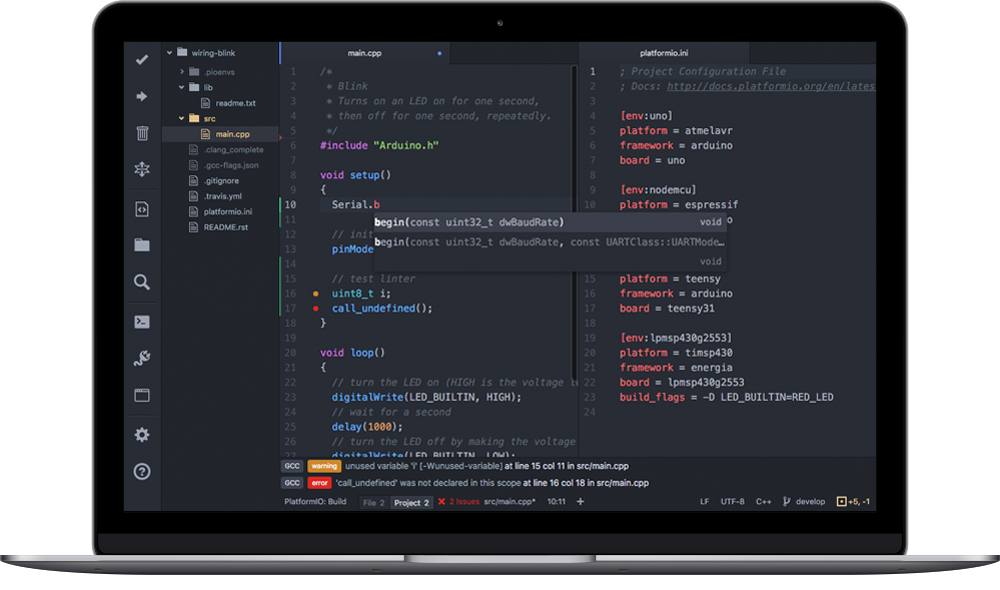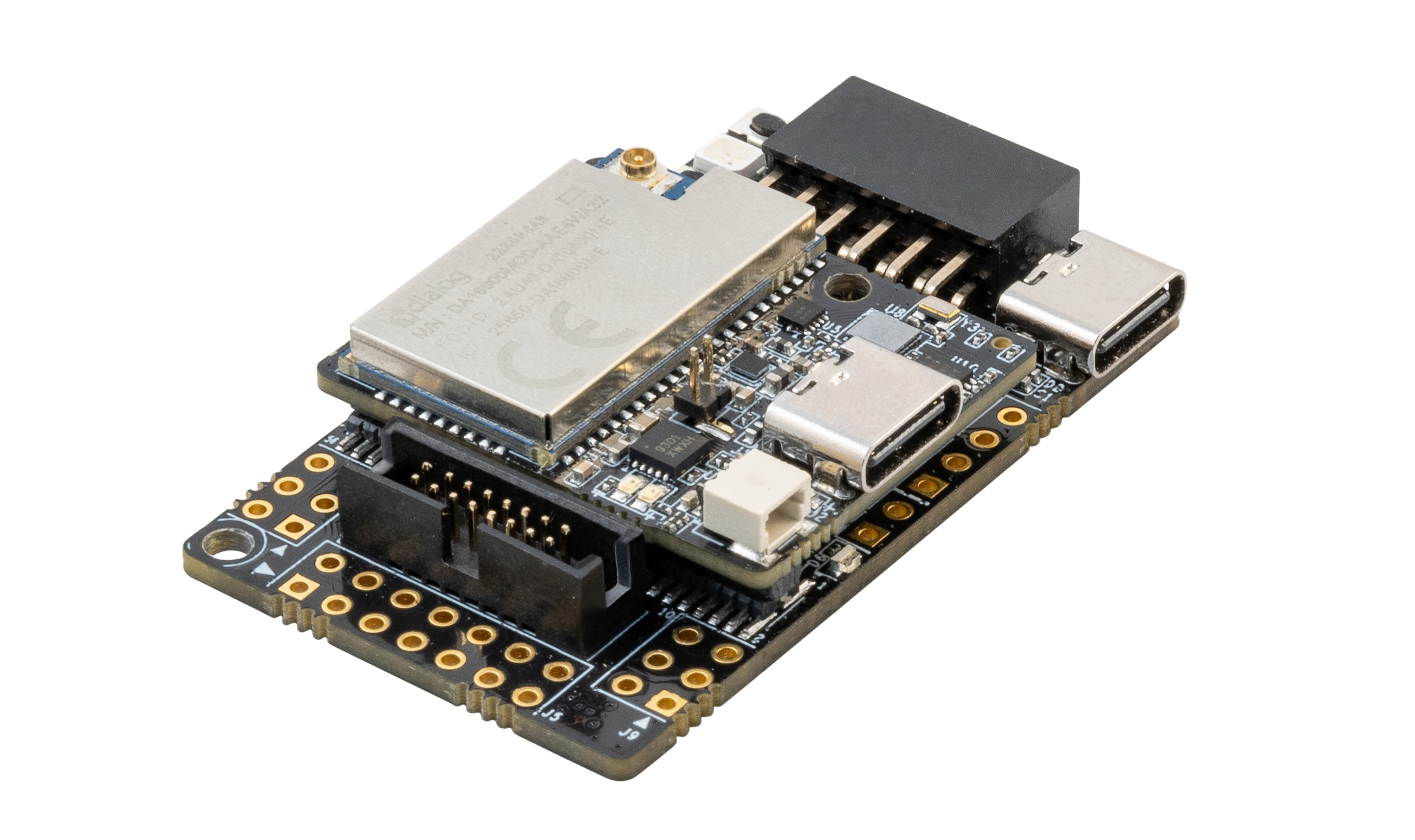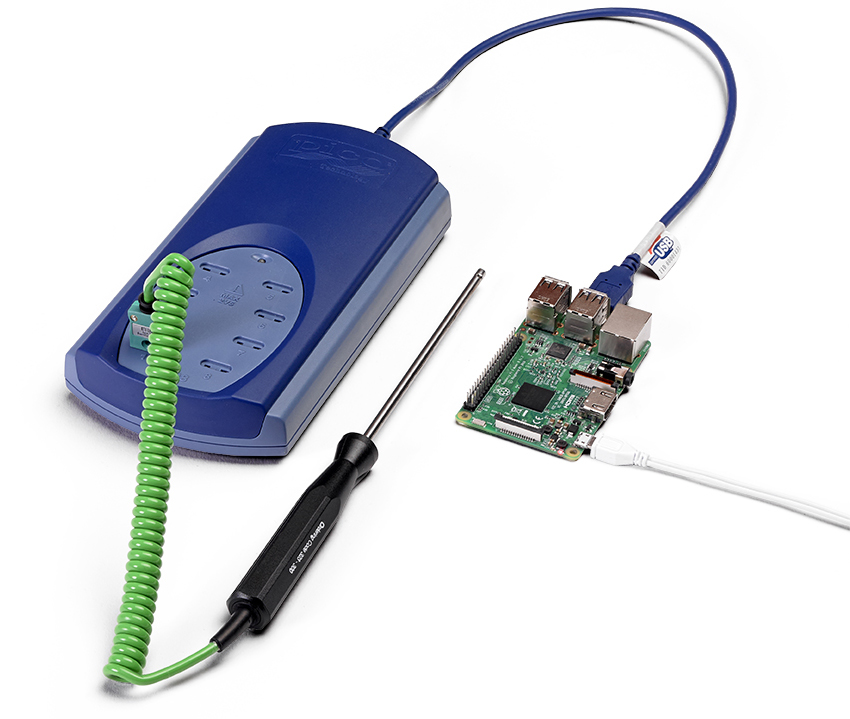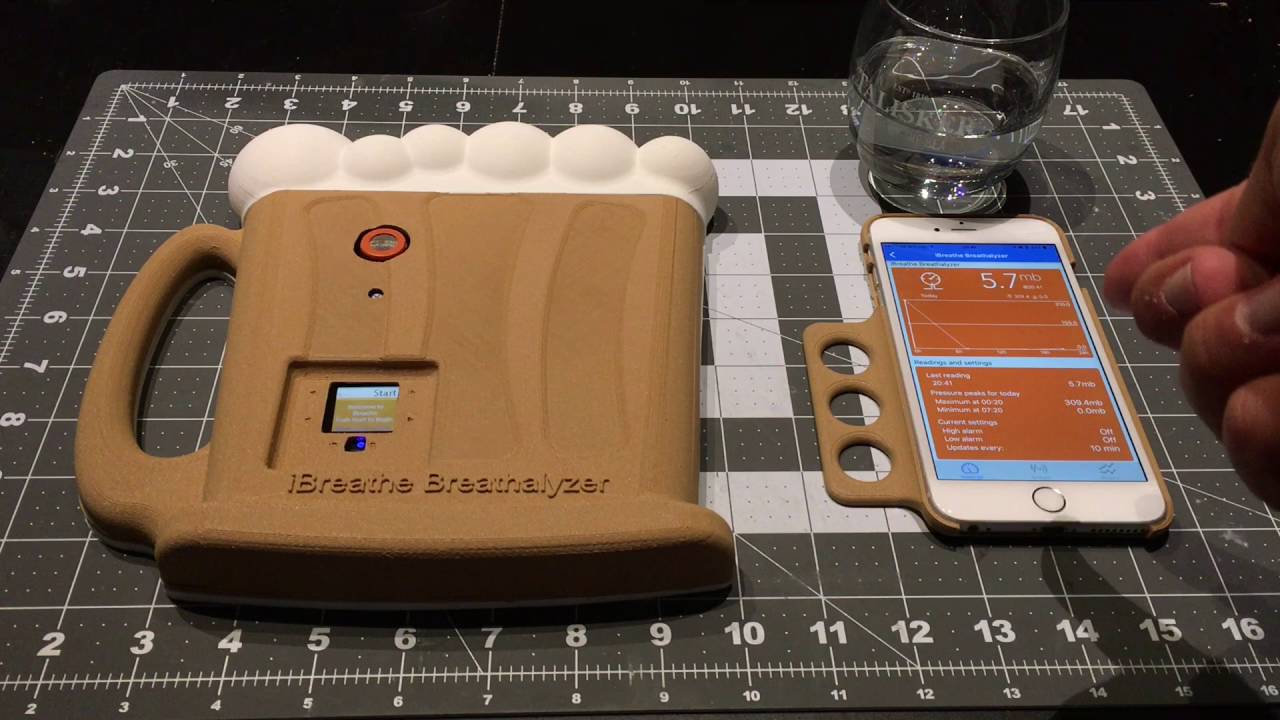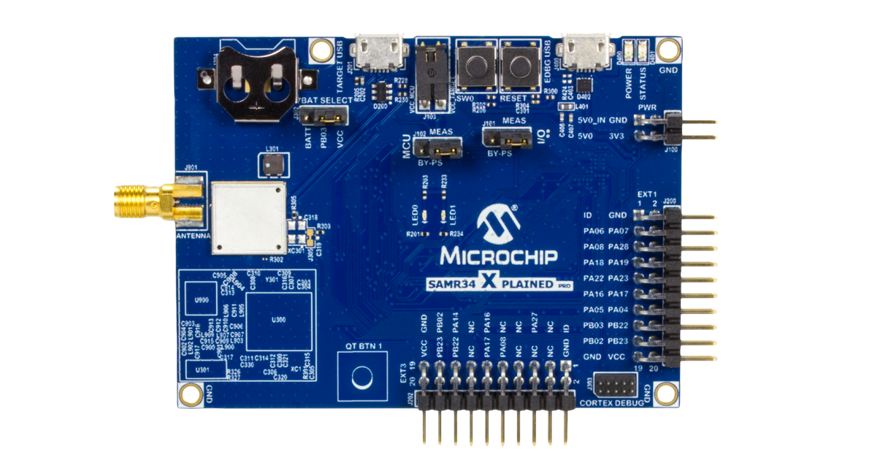
Microchip has announced at Electronica 2018 in Munich its new SAM R34/35 integrated LoRa System-in-Package (SiP) family which combines an ultra-low-power 32-bit microcontroller, a sub-GHz RF LoRa transceiver and a software stack. The chip is built specifically for the Internet of Things and for remote sensor platforms that only wake up periodically to transmit small amounts of data. The chip can draw as little as 790 nA in sleep mode, enabling it to substantially reduce power consumption and extend battery life in end applications.
The chip has a 6 × 6 mm BGA package, offering up to 256KB of Flash memory and 40 KB of RAM, 8KB of which is LP-RAM. It features a 12 Mbps USB interface, and up to five serial interfaces which can be independently configured for UART, I2C, SPI, or LIN. A 12-bit analog-to-digital convertor, and two analog comparators are also available. The SAM R34/35 family chip is ideal for a wide range of low-power IoT applications that require small form factor designs and many years of battery life. The devices are supported by certified reference designs and are proven to operate with major LoRaWAN gateway and network vendors. Due to the chips support for worldwide LoRaWAN operation from 862 to 1020 MHz, developers can make use of a single part variant across geographies, making the design process simple, and reducing inventory burden. The SAM R34/35 family chip supports Class A and Class C end devices and also proprietary point-to-point connections.
Certified reference designs are available, but if you choose to experiment with the chip then Microchip has built an evaluation board called the SAM R34 Xplained Pro, that serves as a reference design, which is available for $99 per unit. Microchip’s SAM R34/35 family chip is available in six variants, with minor different memory and interface options. The SAM R34 offers a 64-lead TFBGA package which begins at $3.76 each in 10,000-unit quantities, while the SAM R35 devices are available, without a USB interface, starting at $3.66 each in 10,000-unit quantities. Microchips SAM R34/35 announcement is crucial at this period due to the fact that chips are still fairly sparse, and can be difficult to purchase in small quantities making developments of new projects harder. The new chips will increase the diversity of the LoRa chip market, and this signals a growth in standard of the hardware market.
For more information visit Microchip’s SAM R34/35 product page.





